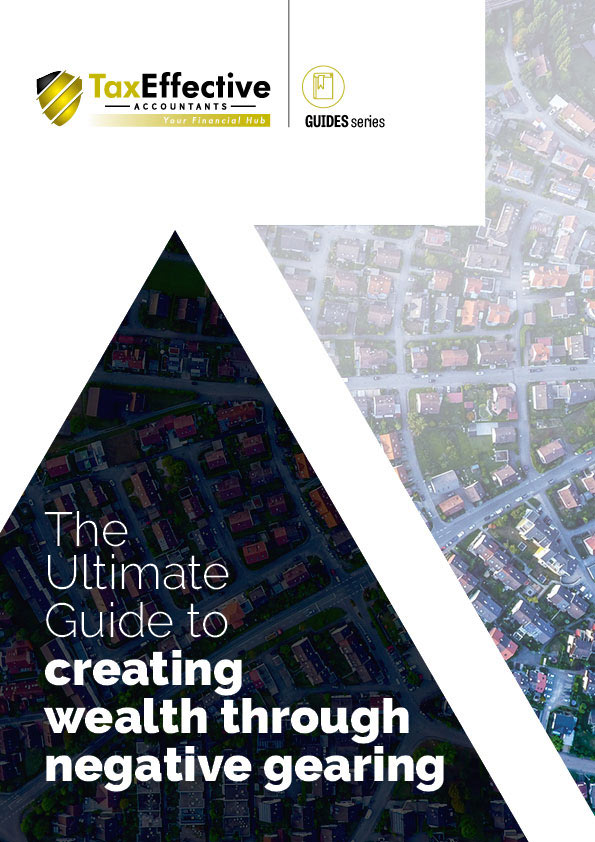Ever wondered if your retirement lifestyle will be the same as the lifestyle you live now?
It’s a sad reality that, for many, travel and eating out become luxuries they can’t afford in retirement, as their superannuation can’t sustain their pre-retirement lifestyle.
Making the right choice of superannuation fund can make the world of difference to your financial future.
Would you like to know how you can achieve a comfortable retirement lifestyle?
A self-managed super fund (SMSF) could be your answer.
An SMSF is a type of superannuation fund. But it’s a little different. You control it, and the Australian Taxation Office (ATO) regulates it. You’re in the driver’s seat.
It’s a trust, with the sole purpose of providing retirement funding. The beneficiaries are the members, and the members also act as trustees – they control and run the fund. Whilst an SMSF can have up to four members, a typical SMSF is usually set up by couples.
The choices are yours, and the control is yours. You’ll have to take full responsibility, but if set up correctly, and with the right support, you’ll be aware of how to minimise the risks and be in a position to make informed decisions.
Increasingly popular with business owners, medical professionals, and executives, a self-managed super fund gives you:
- Flexibility and control – create a portfolio as unique as you are with a tailor-made investment strategy. You decide where, when, how and how much you invest.
- Investment choice – gain access to a wider range of fund choices than with a traditional superannuation fund. Residential property, commercial property and artwork are good examples.
- Ability to borrow to buy property – use your super funds as a deposit and to cover costs when you purchase residential or commercial property. You can borrow the additional funds you may need to complete the purchase from a bank. You’ll significantly increase the investable assets and growth potential of your fund.
- Tax benefits – save on fees and minimise contributions and investment income taxes. Build wealth as you take advantage of the unique tax-effective investment strategies that apply exclusively to self-managed super funds.
- Protect future generations – look after your family’s future with the ability to set up wealth transfer provisions. Protect your family members’ tax concessions and safeguard their assets from potential lawsuits.
- Line of sight – enjoy peace of mind as you always know exactly where your funds are invested and how they are performing.
Sound like the type of fund you’re after? Setting up an SMSF is easy. Follow these simple steps:
Step 1. Lock in an SMSF professional to provide expert advice on the complicated aspects of your fund, minimise risk and ensure you comply with legislative requirements.
Step 2. Create a trust and trust deed. To create a trust, you need trustees, assets and identifiable beneficiaries. Then, you need to create a trust deed – a legal document that sets out the rules for establishing and operating your fund. You’ll need to name your fund too.
Step 3. Decide on a trustee structure and appoint your trustees. Will your trust be an individual or corporate trust? Individual means each member is a trustee. Corporate means you set up a company to act as a trustee and the members are directors of the company.
Step 4. Set up a tax file number (TFN) and an Australian business number (ABN). Contact the ATO for a TFN which takes up to 28 days, and apply for an ABN with the Australian Business Register.
Step 5. Register your fund with the ATO. You’ll need to supply some documents such as the trust deed and declaration forms signed by members and trustees.
Step 6. Set up a fund bank account when your TFN and ABN arrive.
Step 7. Prepare an investment strategy. A licenced SMSF financial planner can do this for you and help you to document it properly. The three most popular investment classes for SMSF trustees are direct shares, cash and direct property.
Step 8. Invest your assets and roll over funds from existing superannuation funds.
Step 9. Maintain compliance and fulfil legislative audit, member reporting and administrative requirements.
You want your money to work for you. You’ve got plans and goals that will keep you busy many years into retirement – but they’ll cost.
A self-managed super fund may sound difficult and time-consuming, but it’s easier than you think.
By appointing the right professional help to guide you through the more complex parts, you can take charge of your fund and steer yourself towards a comfortable retirement.
Many business-minded people just like you have secured their future with a self-managed super fund. However, fund growth and strong returns often take time – so act quickly.
Start with step one today and you’ll soon be on your way to a stress-free, retired future.






